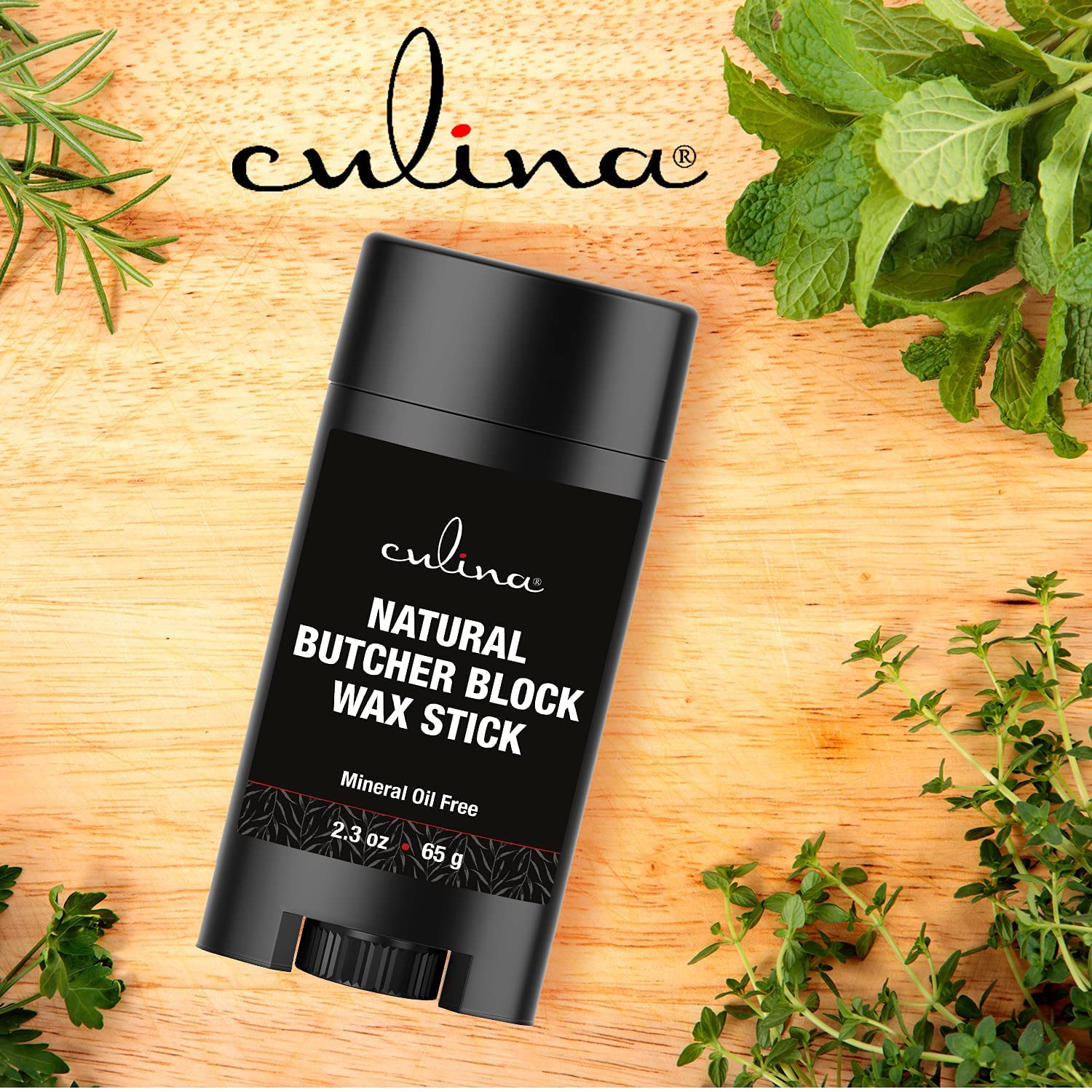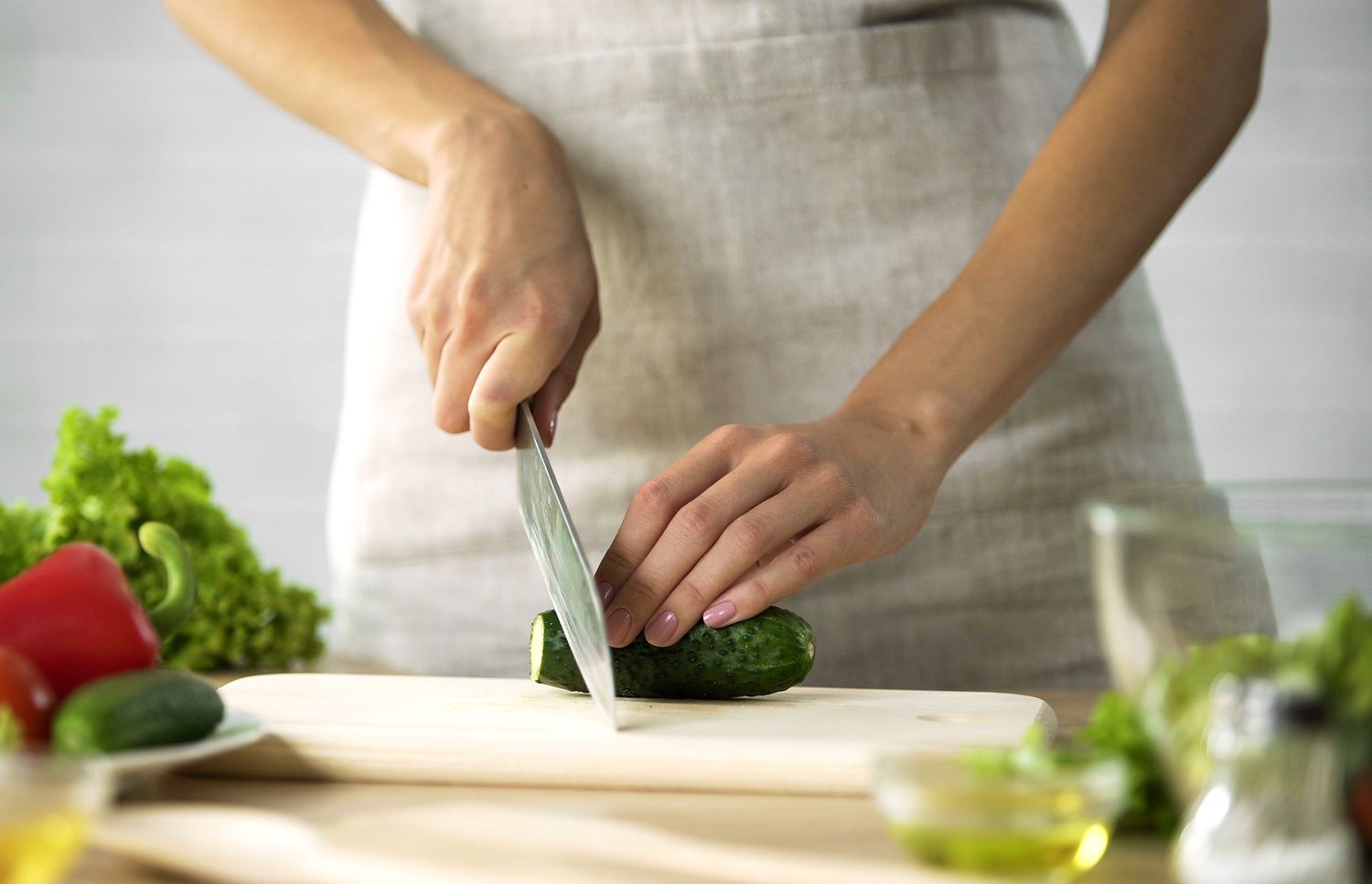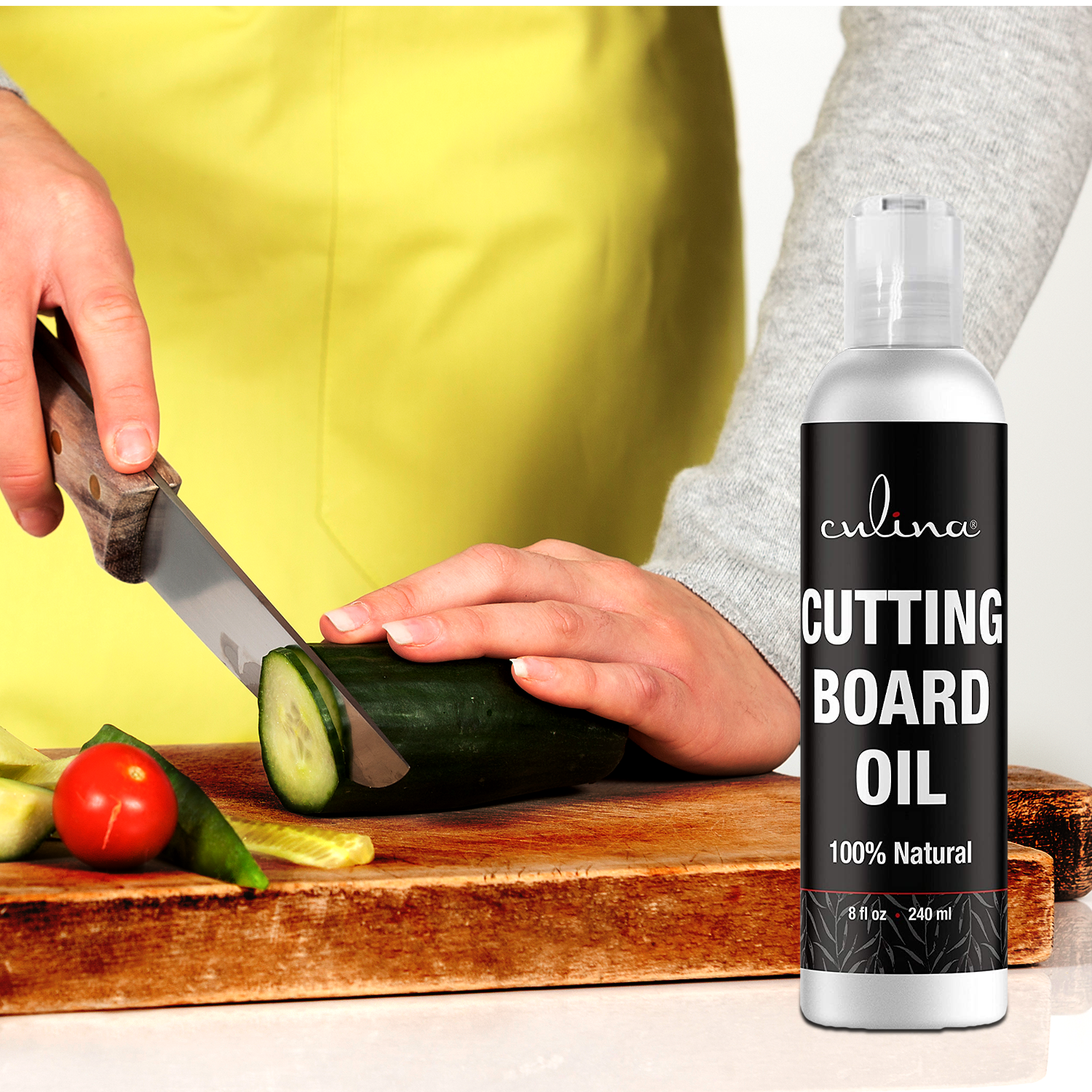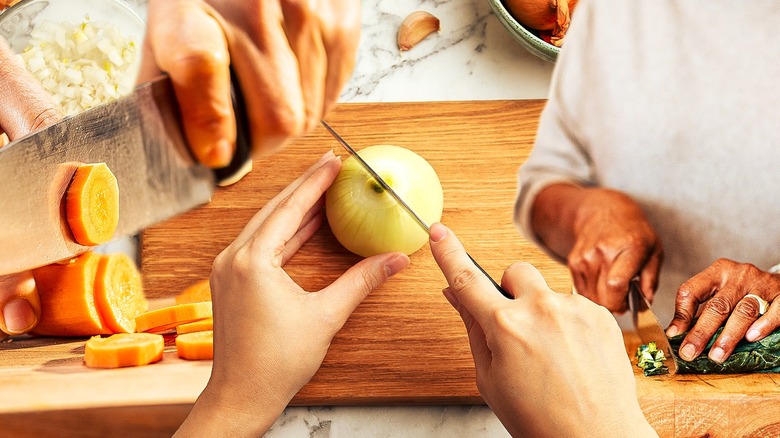Maintaining proper hygiene in the kitchen is essential. One of the primary tools that need consistent cleaning and sanitization is the cutting board. Today, we will guide you on how to clean and sanitize cutting board step by step. This comprehensive guide is perfect for both home cooks and kitchen professionals.

Importance of Cleaning Your Cutting Board
Cutting boards can harbor bacteria, especially when used for various foods like raw meat and vegetables. Regular cleaning prevents cross-contamination and ensures the health of those consuming your food.

Types of Cutting Boards and Their Cleaning Methods
Wooden Cutting Boards
Wooden cutting boards have natural antibacterial properties but still require proper cleaning. Use warm water and mild dish soap for daily cleaning. For deep cleaning, sprinkle coarse salt, rub with a sliced lemon, and rinse thoroughly.
Plastic Cutting Boards
Plastic cutting boards are more resistant to stains and odors. Use warm water with dish soap for regular cleaning. For sanitization, use a solution of one part white vinegar to four parts water.
Bamboo Cutting Boards
Bamboo boards are eco-friendly and durable. Clean with warm water and dish soap. Occasionally treat with mineral oil to maintain their condition and prevent cracking.

Step-by-Step Cleaning Guide
What You Need
- Mild dish soap
- Warm water
- White vinegar
- Coarse salt
- Lemon
- Clean towels or paper towels
- Food-safe mineral oil (for wooden boards)
Daily Cleaning Routine
1. Rinse the cutting board with warm water immediately after use.
2. Apply mild dish soap and scrub thoroughly using a sponge or brush.
3. Rinse again with warm water and pat dry with a clean towel.
For more details on daily cleaning, check this external link.
Deep Cleaning Routine
1. Sprinkle coarse salt over the board’s surface.
2. Cut a lemon in half and use it to scrub the salt into the board.
3. Let it sit for 5 minutes, rinse with warm water, and pat dry.
Sanitizing Your Cutting Board
1. Mix one part white vinegar with four parts water in a spray bottle.
A thorough technique can be found in our Sanitizing Guide.
2. Spray the solution generously over the cutting board.
3. Let it sit for 10 minutes, rinse with warm water, and pat dry.
Additional Tips for Prolonging Cutting Board Life
- Avoid soaking wooden boards in water to prevent warping and cracking.
- Use separate boards for different types of food to prevent cross-contamination.
- Regularly apply food-safe mineral oil to wooden boards to retain moisture and prevent splits.
- Replace heavily worn or deeply scarred cutting boards as they can trap bacteria.
Common Mistakes to Avoid
1. Using harsh chemicals or bleach.
2. Placing wooden cutting boards in the dishwasher.
3. Neglecting regular maintenance and deep cleaning routines.
FAQs
How often should I clean my cutting board?
It is recommended to clean your cutting board after every use.
Can I use bleach on my cutting board?
It’s not recommended as bleach can be harsh and may damage the board, especially if it is wooden.
Is a dishwasher safe for cutting boards?
Plastic boards can be dishwasher-safe, but wooden and bamboo boards should not be placed in the dishwasher.
As an Amazon Associate, I earn from qualifying purchases.


